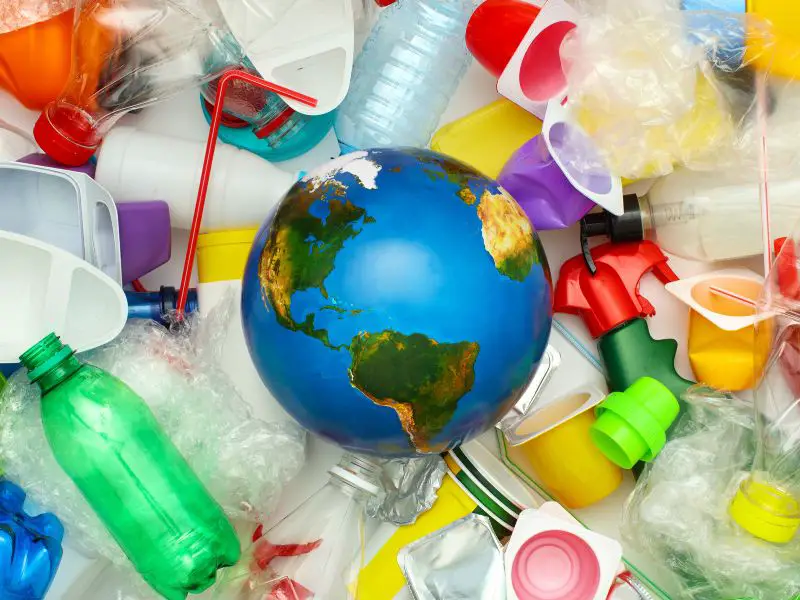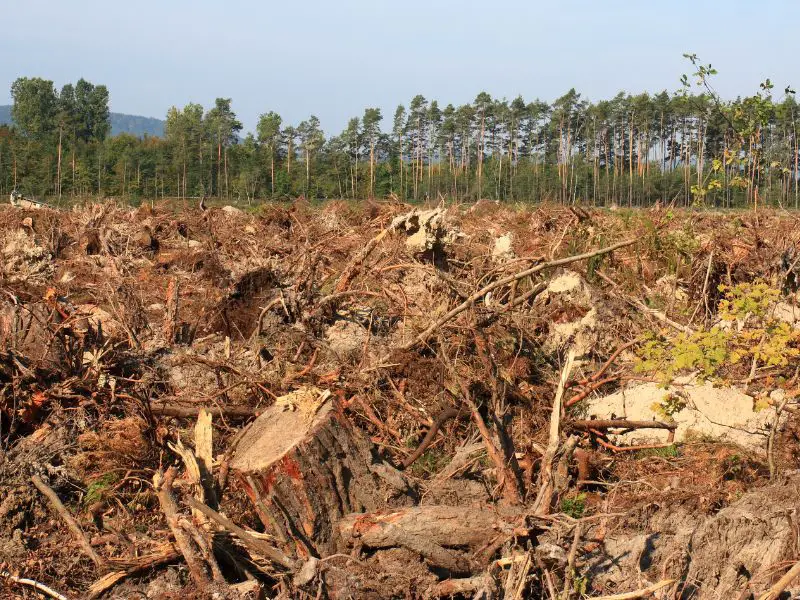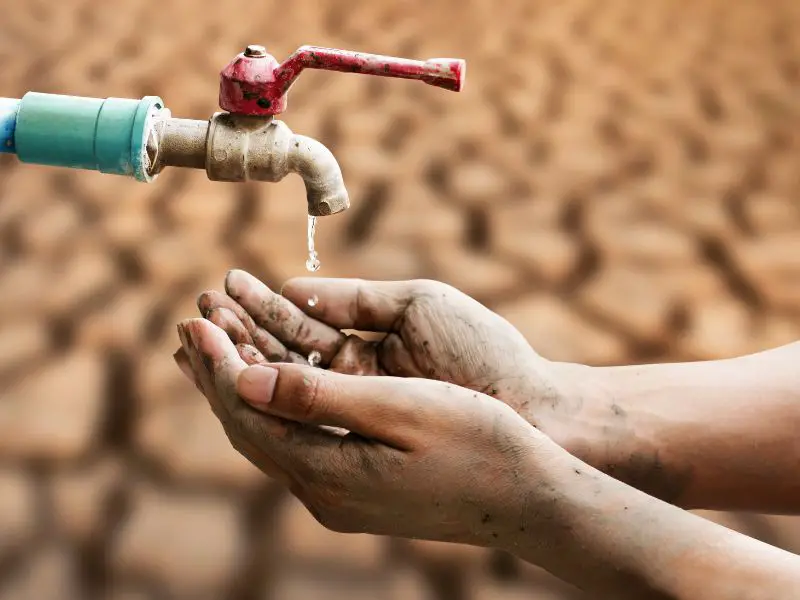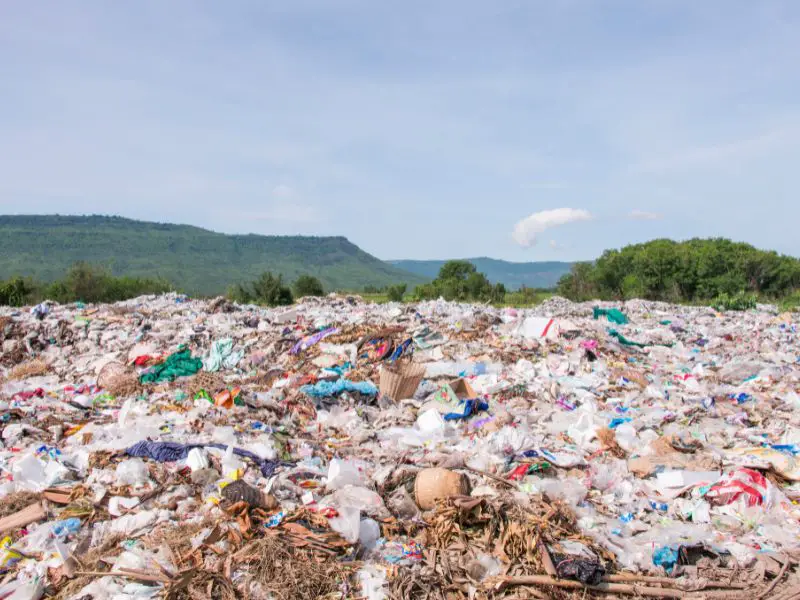Earth Day is celebrated on the 22nd of April every year. It was started by a Senator in Wisconsin in 1970 to raise awareness about the environment, climate change, and other related issues.
Environmental problems are getting increasingly getting worse with time, so Earth Day is an excellent opportunity for everyone to come together with one voice and show their support for environmental causes.
The fact that it’s celebrated on a fixed date each year ensures that everyone in the world has the chance to know about this important day. Every year it’s a good reminder to check our ecology status and find out what we can do better.
Our Earth is home to exquisitely diversified species, magnificent flora, and wildlife, crops that provide us with food, enormous oceans, and our friends and family. All of this sounds like something worthy of protection!

Reasons Why Earth Day Should Be Every Day
1. Plastics are Forever
Plastic bags, straws, glasses, containers, toys, and cutlery are examples of single-use goods that will be around long after we are gone, contaminating our rivers, building up in landfills, and eventually breaking down into microplastics.
Plastics, for example, break down into smaller pieces, and the microplastics get consumed by sea turtles and other marine life who confuse them for food. Earth Day should be every day because the only way to stop this is to discontinue using disposable single-use plastic items.
2. Humans Have Already Wiped out 18% of Animal Species
The most common ways humans kill wild animals directly are through hunting and trapping. However, the main reasons for most species to go extinct nowadays, are deforestation and pollution. These things contributed to 18% of animal species being wiped out by humanity in just a brief period, geologically speaking.

What steps can you take to secure the safety of animals and the habitats in which they live?
- Think about where the food you eat comes from.
- Stay away from items that include palm oil because it is a crop that needs enormous amounts of land, and is frequently grown at the expense of existing rainforests and the animals who live in them.
- Shop organic, fair trade, or rainforest alliance products.
- Cut back on eating meat. Animal agriculture consumes vast amounts of grain that require more land to be farmed than if the grain was consumed directly by humans.
- Volunteer for wildlife conservation.
- Become an advocate for your local National wildlife refuge.
- Study and practice wildlife ecology to learn your part in saving the environment and teaching others about it.
- Stay informed, and follow current events relevant to the environment, climate change, and the health of our planet.
- Support renewable energy initiatives and consider ways to use them in your daily life.
3. Earth’s Rapid Warming
Since the late 19th century, rising CO2 levels have already caused the Earth’s average surface temperature to increase by roughly 1.8 degrees Fahrenheit. More warming is unavoidable, but warming depends significantly on the amount of carbon that humanity emits into the atmosphere.
The effects of such rapid and atypical warming are already driving profound and significant change. Today’s global warming is responsible for:
- Increasing the frequency of severe wildfires because a warmer environment dries out plants and trees, making them more flammable. (“It takes just a little bit of warming to lead to a lot more burning.”)
- Causing some of the biggest glaciers in the world to melt, such as the Thwaites Glacier in Antarctica. This will contribute to the rise in sea levels for the next years, endangering some of the most important cities of the world, besides the total destruction of entire island nations and coastal communities.
- Increasing the severity of droughts, such as the megadrought going on for decades in the Southwest. Historically, droughts have resulted in drastically lower yields of several crops. This can pose a serious threat to our already depleted farmlands, risking millions to face starvation.
4. Women Face Higher Health Risks
The environment poses a hazard to reproductive and maternal health. Temperature, precipitation, and humidity increases produce favorable circumstances for vector-borne illnesses, including malaria, dengue fever, and Zika virus, which can cause miscarriages, early delivery, and anemia in pregnant women.
According to a study reported by the Intergovernmental Panel on Climate Change (IPCC) in February 2022, girls and women face a greater risk of food insecurity than boys and men, are more likely to die in severe weather crises, and are more likely to experience climate-related mental health impacts.

5. Warmer, More Acidic Oceans
The Earth’s seas are between one-quarter and one-third more acidic than before. This acidification poses a serious risk to marine life, mainly marine organisms with calcified shells or skeletons, such as oysters, clams, and coral. This can have a cataclysmic effect on shellfish and the fish, birds, and mammals dependent on shellfish for their nourishment.
This influence extends to human populations in coastal areas where fishing and seafood production are the primary economic drivers. This leads to the destruction of livelihoods and opens the door to economic collapse. Rising ocean temperatures are also a contributing factor in coral bleaching events, which have the potential to wipe out entire reef ecosystems, which support 25 percent of all marine life.
6. Clean Water Scarcity
Currently, 1.1 billion people worldwide do not have access to clean fresh water. Without access to fresh water, they are at risk of contracting deadly water-borne diseases. Moreover, the lack of freshwater water restricts both educational and economic potential.
With the world population predicted to exceed 9.6 billion by 2050, diminishing water supplies will hinder food production. The UN warns that food shortages might cause political upheaval, civil conflict, and terrorism if food production isn’t raised by 60% by 2050.

7. Habitat and Biodiversity Loss
Extinctions are occurring at an astonishing speed. We are not only losing flora and fauna, but we are also destroying our ecosystems and putting them outside of balance — bringing us consequences of we cannot predict. Habitat destruction, overexploitation, land-based development, pollution, climate change, and ocean acidification are the leading causes of biodiversity loss. By disrupting the nature of species, we are essentially removing many of the natural checks and balances that have helped keep our world in order.
- Habitat Destruction
The destruction of habitat by forces such as deforestation, land-use change, and urbanization is one of the biggest threats to biodiversity. The rapid clearing of land especially for farming but also for construction removes habitat and increases atmospheric carbon dioxide levels while decreasing the availability of plants that absorb carbon dioxide.
Habitat destruction is most common in tropical regions and affects many species but is also a risk in temperate areas. Habitat destruction is not the only threat to biodiversity: converting forest or grassland habitats to croplands or pastures also removes habitats and threatens the natural balance.
- Overexploitation
Overuse, over-harvesting, overfishing, and other forms of overexploitation are significant threats to biodiversity. A threat to biodiversity is a process or event that damages or eliminates habitat, native species, and reproductive cycles. An increase in meat demand during the last few decades, for example, is causing both directly and indirectly the destruction of large rainforests, like the Amazon.
The overexploitation of marine habitats by humans is also leading to the destruction of several marine ecosystems. The ocean’s biodiversity has already been depleted by overfishing and is now on the brink of collapse in some areas.
- Land-based Development
Rapid urbanization reduces the amount of habitat available for plants and animals to live their lives. Causing stress because of the sudden change in the environment, some species may be forced to move from their natural habitat. If the new habitat cannot support these plants or animals, they become endangered or extinct.
8. Global Waste Crisis
According to the World Bank’s new What a Waste 2.0: Without immediate action, global waste will grow by 70% above present levels by 2050.
According to the analysis, global trash will increase to 3.4 billion tonnes over the next 30 years, up from 2.01 billion tonnes in 2016, due to increased urbanization and expanding populations. Recycling and composting might seem like simple solutions, but waste often comes from sources that cannot be easily collected or disposed of.
In addition, many of the materials used in packaging are non-recyclable plastics, such as polystyrene, which make up 25% of the world’s trash. In 2016, 192 countries agreed to step up their efforts to prevent “ocean plastic pollution” in what was the first UN resolution dedicated to a specific environmental issue.

Author’s Note
The Earth is constantly changing and evolving, and our world is a living organism with an entire life cycle with thousands of different species. Earth Day is an important day for us to take care of our planet by encouraging us to reduce the amount of pollution we produce on Earth. We celebrate by conserving resources and considering the impact our actions have on everyone else.
Find out what the 12 Best Earth Day Activities are for kids who love the outdoors.

